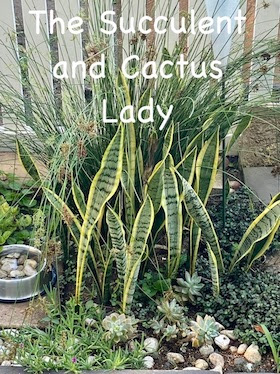Crassula multicava (pics taken in Sheffield, Ballito, KwaZulu Natal
Pronunciation - KRASS-yoo-la mul-tee-KAH-vuh
.
English: Fairy crassula
Afrikaans: Skaduplakkie
IsiXhosa: intelezi; phewula
IsiZulu: umadinsane
• Canopy Shade
• Deep / Full Shade
• Dry Shade
• Light or Dappled Shade
• Partial Shade
• Sun
.
Crassula multicava is particularly useful for dry shade and to cover unsightly spots. It is tender to frost. There is a distinct difference in appearance depending on the position in which the fairy crassula is planted: in deep shade the leaves are larger and dark green and the plant has fewer flowers while in full sun the leaves are smaller and light green and flowering is profuse.
.
The flowers are tiny stars on thin stems held above the leaves
And just look at all the benefits of this gorgeous ground-cover!
• Attracts bees, butterflies or other insects
• Border
• Container
• Edging
• Filler
• Ground Cover
• Mass Planting
• Pioneer for new gardens
• Rock Garden
• Stabilize Banks
• Suitable for coastal gardens
• Wild Garden
Indigenous to South Africa, it is found from the southern part of the Western Cape, through the Eastern Cape to Natal and Mpumalanga, in thickets, along river and stream banks and in forest margins. Spreads easily, but it responds well to pruning: use hedge cutters to remove as much of the foliage as you wish - recovery time is short and the reward is a dense carpet from which a pink mist of blooms will arise. Prune after flowering and seeding have taken place and again in early to mid- winter. Although very vigorous in well-composted, deep soils, this tough little crassula will thrive in clay or sandy soils. Give them a good start with some compost and mulch, and water until established. They propagate easily from seed, from stems and leaves that root and from tiny plants that grow on the tips of the flower stalks.
(Info from Khumbula Nursery)






No comments:
Post a Comment